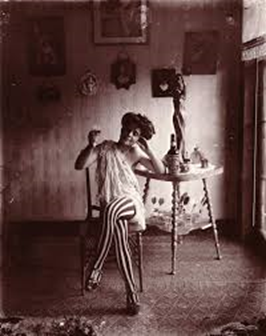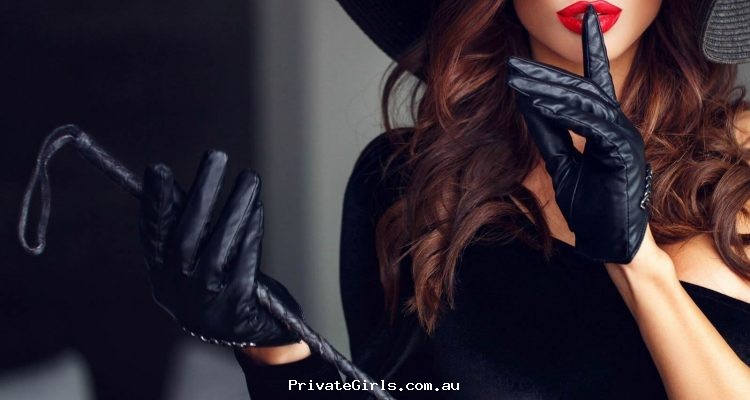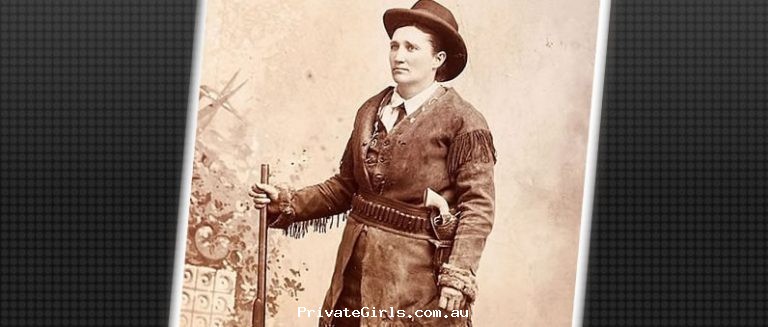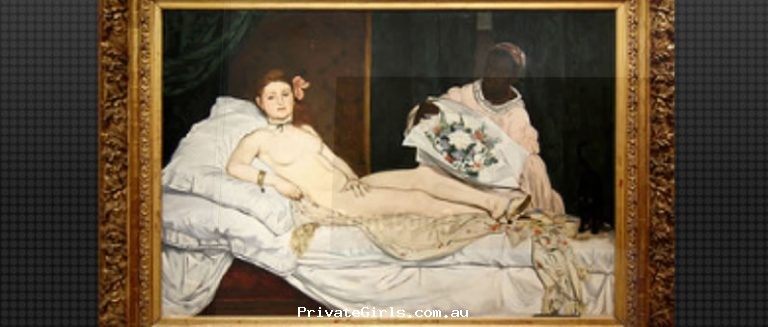
Storyville in New Orleans, Louisiana, was not the only Red Light district in the United States, but it was the most well known due to is flamboyance and general disregard for social mores and morality! In this series of blogs, we will delve into Storyville the place, followed by the characters – the brothel owners and key figures of this era in Storyville. Prepare to be tantalised, amazed and even a little bit shocked by some of the colourful stories that emerge from this infamous place, which is described as the ‘hotbed of jazz’. Whilst jazz did not originate in Storyville, it certainly flourished there, along with the rest of the city.
Created by municipal ordinance to regulate prostitution and drugs in 1897, Storyville was New Orleans’ infamous red-light district. Iberville, Basin, St. Louis, and N. Robertson streets bound the District. The ordinance designated a thirty-eight-block area as the part of the city in which prostitution, although still nominally illegal, was tolerated or regulated. The District was set up to limit prostitution to one area of town where authorities could monitor and control the practice. Contrary to popular belief, prostitution was not legalised in the Storyville area, but rather as a result of Alderman Sidney Story’s Ordinance No. 13,032, it was made illegal in all other areas of the city.(1)
Between 1895 and 1915, “Blue Books” were published in Storyville. Blue Books were created for tourists and those unfamiliar with this area of New Orleans and contained, in alphabetical order, the names of all the prostitutes of Storyville.(2) Blue Books could be purchased for 25 cents throughout the district in various barbershops, saloons, and railroad stations. Primarily they were sold on the corner of Basin Street and Canal Street. The Storyville blue-books were inscribed with the motto: “Order of the Garter: Honi Soit Qui Mal Y Pense (Shame on Him Who Thinks Evil of It)”.(3)
It took some time for Storyville to gain recognition, but by 1900, Storyville was on its way to becoming New Orleans’s most significant revenue centre.
Storyville remained open until 1917, when the federal government shut it down as part of a nationwide crackdown on vice districts.(4) Prostitution was made illegal throughout the city in 1917. Only a few of its remnants are now visible. Almost all the buildings in the former District were demolished in the 1930s during the Great Depression for construction of public housing, known as the Iberville Projects.(5)
References(1)(2)Atlas Obscura. “Storyville, New Orleans, Louisiana.” Accessed: 12th February 2018. https://www.atlasobscura.com/places/storyville (4) Landau, Emily “Storyville.” In knowlouisiana.org Encyclopedia of Louisiana, edited by David Johnson. Louisiana Endowment for the Humanities, 2010–. Article published January 27, 2011. https://www.knowlouisiana.org/entry/storyville-2. (3)(5) Wikipedia contributors, “Storyville, New Orleans,” Wikipedia, The Free Encyclopedia, https://en.wikipedia.org/w/index.php?title=Storyville,_New_Orleans&oldid=820790335 (accessed February 12, 2018).










